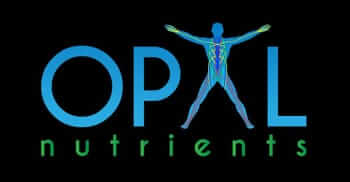WHAT IS PROP 65?
In 1986, California voters passed Proposition 65, also known as the Safe Drinking Water and Toxic Enforcement Act. Proposition 65 is a portion of the California Health and Safety Code and requires a disclosure to California consumers of exposures to certain chemicals listed by the State of California. This Act applies not only to water, but to any consumer goods sold in California. Proposition 65 requires the State of California to publish and maintain a list of chemicals known to the State of California to cause cancer, birth defects, or other reproductive harm. The list is continuously updated and contains over 800 substances. Detailed information about Prop 65 can be found on the Office of Environmental Health Hazard Assessment (OEHHA) web site: http://www.oehha.ca.gov/prop65.html. If a product sold in the state of California exposes a consumer to listed substance at greater than an amount predetermined by the state of California, the product must be labeled with a warning. Prop 65 does not ban the sale of any products containing these chemicals, rather it simply necessitates a warning.
DOES THE LAW APPLY EVERYWHERE?
This law only applies to the state of California.
WHAT KIND OF SUBSTANCES REQUIRE WARNINGS?
Over 800 chemicals have been listed under California Prop 65. Certain listed chemicals, such as lead, are widely distributed and can be naturally occurring through the environment in air, soil, and water. As a result, these chemicals can be found in commonly eaten foods and throughout the food supply.
HOW DO THE CALIFORNIA WARNINGS COMPARE TO THE FEDERAL STANDARDS AND SHOULD I BE CONCERNED?
It is important to read product warnings; however the presence of a Prop 65 warning does not meant that a product is harmful. For many substances on the list, Prop 65 limits that require the need for a warning are very stringent and do not correlate with limits put forth by other regulatory bodies including both the FDA and the WHO. For example, the level that requires a warning for reproductive toxicants is 1000 times lower than the lowest level at which animal studies reported no reproductive health effect. For example, the Prop 65 standard for warnings for lead is 0.5 micrograms per day, which is far more stringent than federal and international standards for lead. The FDA has set recommendations for what it considers safe and tolerable daily intakes and has determined what is termed the provisional total tolerable intake level (PTTI). The PTTI for lead in children under the age of 6 years old is 6 micrograms/day, or 12 times the amount requiring a warning in California. The PTTI for pregnant women has been determined to be 25 micrograms/day, or 50 times the amount requiring a warning in California. The PTTI for adults has been set at 75 micrograms/day, or 150 times the amount requiring a warning in California.
WHY DON’T ALL SIMILAR PRODUCTS CARRY WARNINGS?
There could be a variety of reasons why similar products may not have a similar warnings in the state of California. Companies may have ongoing litigation with private plaintiffs or with the state of California, or have not yet made a determination about the need for a warning when the product is sold in the state of California. The lack of a warning statement does not imply that the product is safer when compared to a product that exhibits the warning.
